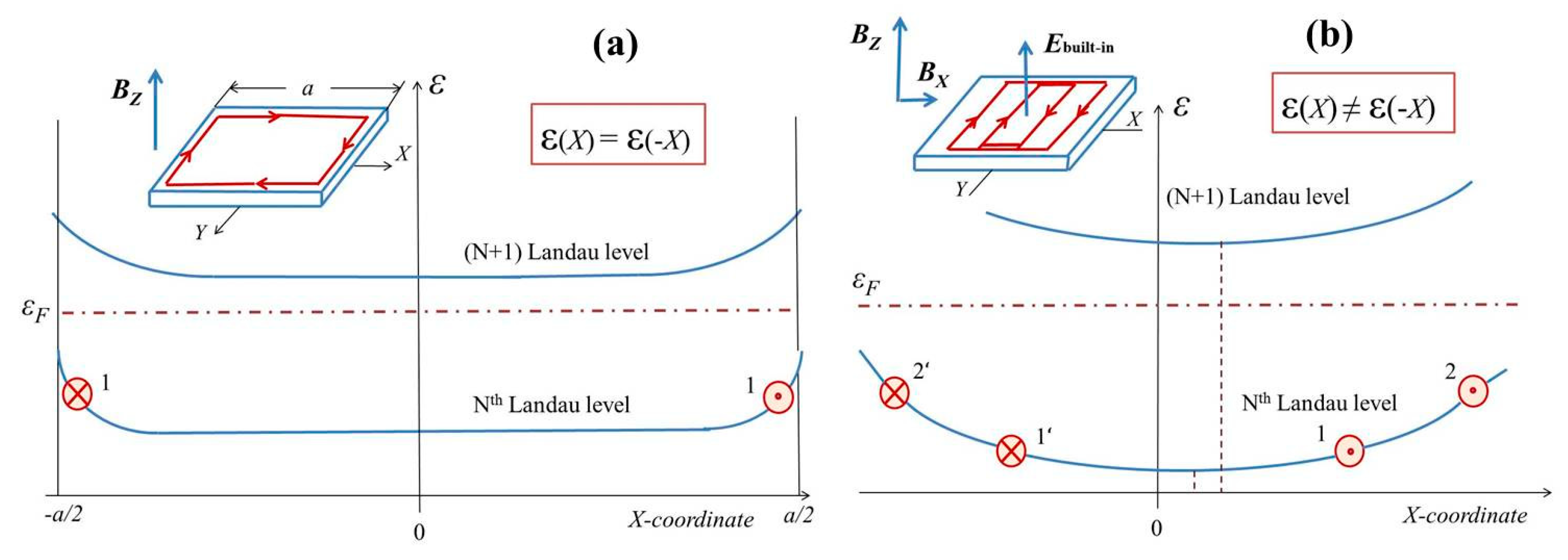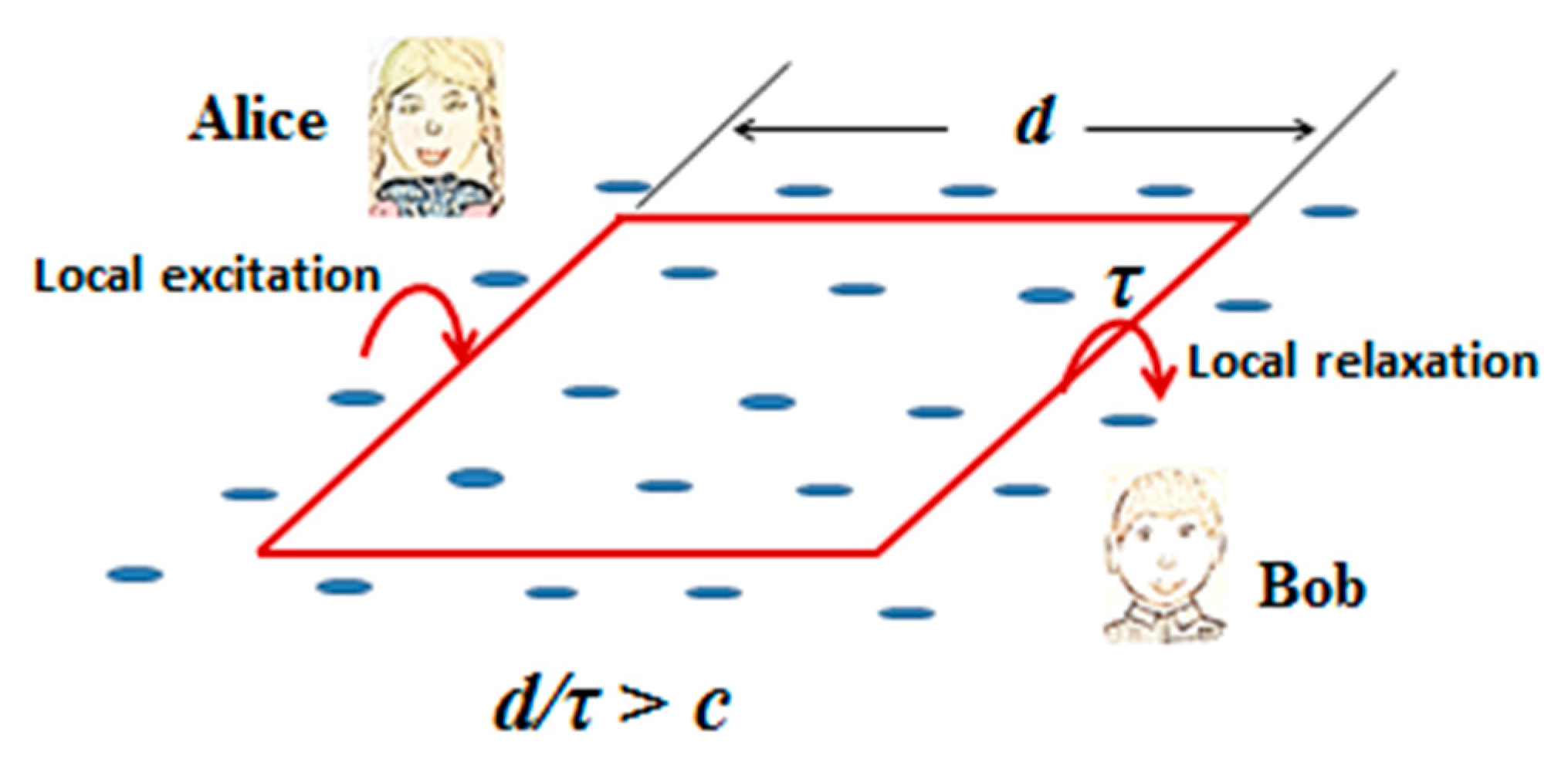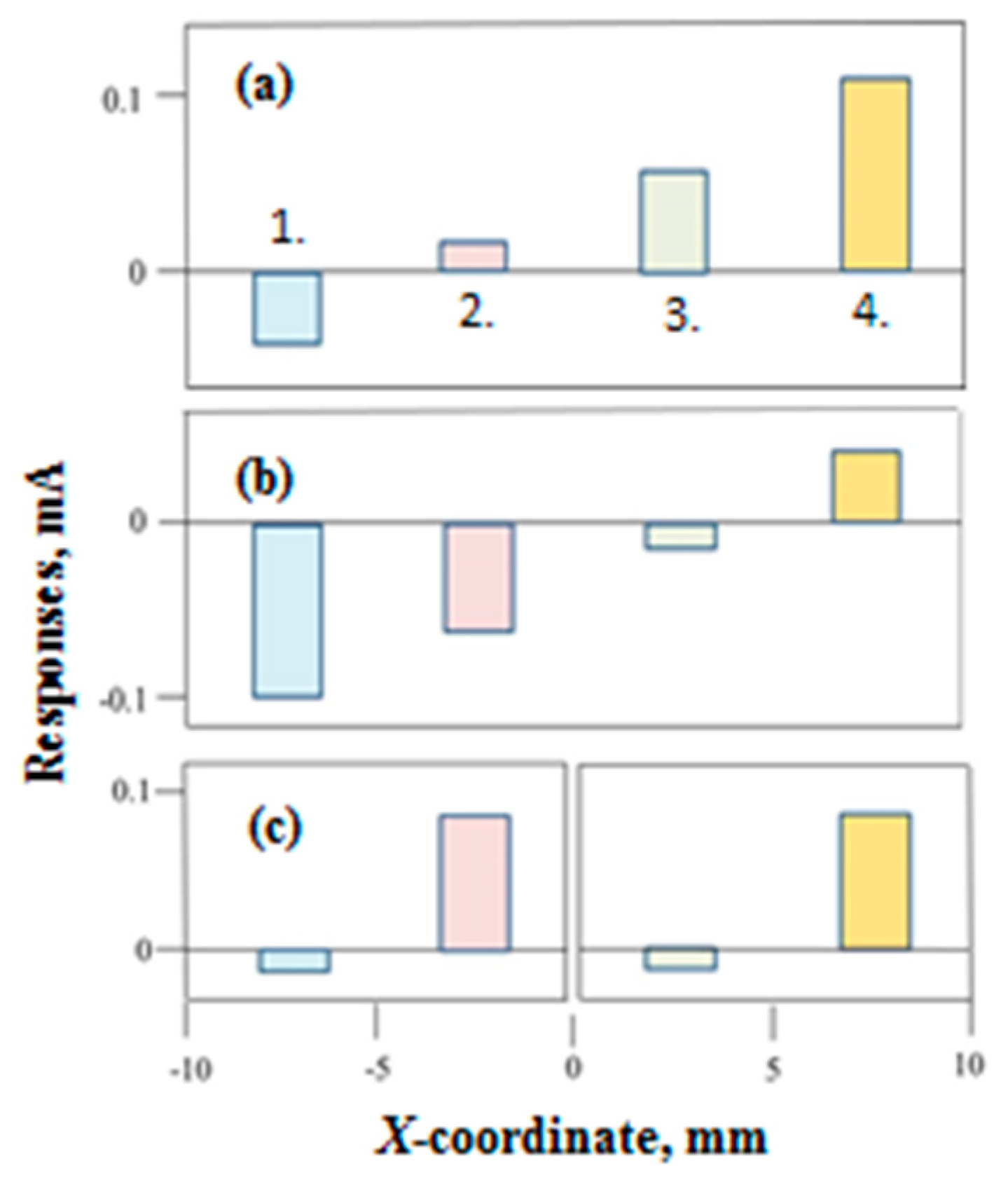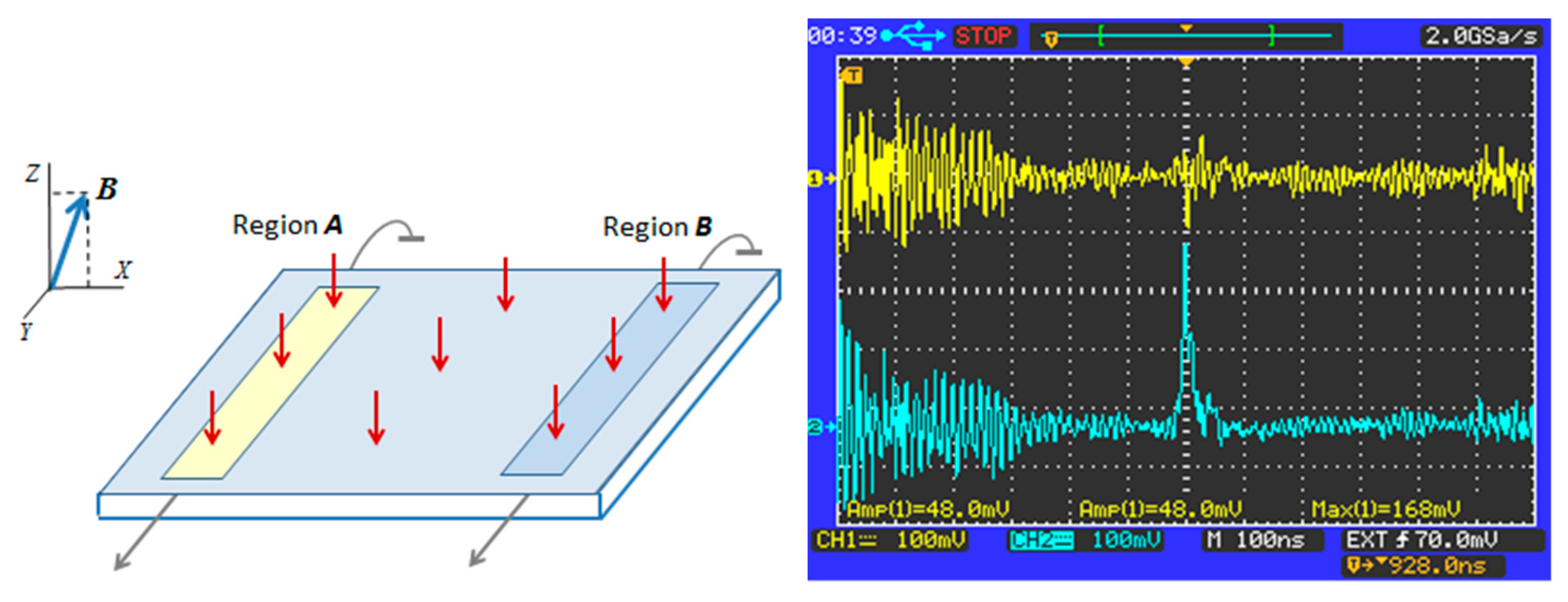1.1. The Current View of the Universe: Why the Minkowski Model of Spacetime
As it follows from the history of science, our view of universe is not unchangeable but determined by the physical theory which is regarded as being the most fundamental in a given historical period. For example, our view of space and time is determined by the laws of spatial dynamics, which follow from this theory. Before the beginning of the twentieth century, the most fundamental theory was the classical physics. In the frames of this theory, the universe was regarded as a collection of physical bodies that evolve in space and time so that they may influence each other only through the so-called interactions. Their spatial dynamics was regarded as being always continuous and therefore it always can be characterized by the notion “speed”. The concept of absolute simultaneity was based on the lack of any fundamental restrictions on the absolute value of speed and accordingly space and time were regarded as being two independent categories.
However, at the beginning of the twentieth century, our view of universe changed drastically as the other physical theory began to be regarded as the most fundamental. It is the theory of relativity, which, on the one hand, remains the classical view of universe as a collection of interacting physical bodies but, on the other hand, establishes a strict limitation on the absolute value of speed, which fundamentally cannot be higher than the speed of light. As a result, as the notion of absolute simultaneity is based on the notion “speed”, we are compelled to come to the notion of a relative simultaneity and hence to a new insight of the structure of universe. It is the well-known Minkowski model where time is rather an additional coordinate very similar to the spatial coordinates. And the characteristic feature of this model is the fundamental impossibility of any nonlocal signaling as it inevitably leads to the violation of causality.
1.2. Bohr’s Quantum Theory: Why “There Is No Quantum World…”
Today, when the Minkowski model remains the basis of our insight of universe for more than a hundred years, the “taboo” on a nonlocal signaling is generally regarded as a God-given thing as it is generally believed that no spatial dynamics may occur beyond relativity. But surprisingly this belief appears at stake almost immediately after the recognition of the Minkowski model because almost in parallel with relativity a one more fundamental physical theory emerges which introduces a completely new physical concept known neither in classical physics nor in relativity. It is the quantum theory with the concept of a fundamental discontinuity of physical processes including the spatial dynamics. Indeed, if we regard realistically such quantum effect as the electron transitions between the atomic orbitals, then this process looks like a completely new spatial dynamics beyond relativity. Moreover, as such, quantum formalism does not restrict the lengthscale of spatial discontinuity. Rather, all restrictions are related to the lengthscale of the system where the transitions occur. Therefore, if we suppose that there are no principle differences between the microcosm and the macrocosm, then these restrictions do not look fundamental.
As known, the problem with quantum transitions was solved in a very extraordinary way, that is, through the recognition of Bohr’s interpretation of quantum theory, which ultimately makes illegal any rational view of quantum effects in accordance with the Bohr’s principle “There is no quantum world. There is only a quantum mechanical description of physical phenomena”. In fact, this interpretation implies that there are two different worlds: a non-existent (or mystical) quantum world and the realistic world of our everyday experience. With this approach, quantum particles are not the objectively-existing physical bodies and we can meaningfully talk about them only in the context of a specific measurement carried out by an observer in the real world. Accordingly, quantum formalism may not have a physical meaning as it is only a mathematical algorithm that magically allows us to predict the outcome of an experiment carried out in the real world.
1.3. Paradoxes of “Non-Existent” Quantum World
Although Bohr’s approach seems inevitable, it gives rise to a number of logical paradoxes. This fact was noted even by the founding fathers of quantum theory and, first of all, by Albert Einstein who formulates one of such paradoxes through the following phrase: “I like to think the moon is there even if I am not looking at it”. Actually, he thus draws attention to the simple and reliable fact that any macroscopic object (for example, the moon) ultimately consists of a great number of quantum particles. Therefore, if these particles exist only insofar as they are a subject of observation, then the moon should also exist only insofar as somebody is looking at it. In fact, this paradox is unresolved even up to now. At best, physicists are ready to recognize the problem with the so-called quantum-to-classical transition. But neither Bohr himself nor his followers can explain in a consistent way where is the infinitely-sharp boundary which separates the non-existent quantum world from our real world as their overlapping seems absurd.
A one more opponent of Bohr’s theory was Erwin Schrödinger who pointed out that the concept of two physical worlds contradicts the fact that actually these worlds are inseparable in the sense that we potentially can design a macro-system which, for some reasons, would obey the quantum laws and hence its behavior should be interpreted in terms of the non-existent quantum world. And this may lead to sheer absurdity. As an example, Schrödinger proposes a gedanken experiment known today as the paradox of Schrödinger’s cat. In this experiment, both a cat and a closed bottle with poison are in the same chamber. In this case, if we design a mechanism such that the state of the bottle (broken or not) is determined by a purely quantum process, say, by a radioactive decay, then the state of the cat (alive or dead) should also be interpreted in terms of Bohr’s theory. This means that we should recognize that in the absence of an observer the cat is alive and dead simultaneously and moreover in a well-defined proportion. And if somebody opens the chamber and finds the cat dead, then he (or she) may be regarded as the murderer of this innocent creature because a more fortunate observer could find a living cat.
The also opponent of Bohr’s theory is John Bell. From his extensive criticism, we take only one argument expressed through the following rhetorical question: “
Was the world wave function waiting to jump for thousands of millions of years until a single-celled living creature appeared? Or did it have to wait a little longer for some more highly qualified measurer–with a Ph.D.?” [
1]. In fact, Bell thus shows that the very notion “observer” is not properly defined in Bohr’s theory though this notion plays a key role in his postulates. Moreover, it seems that this notion cannot be defined even in principle at least because there are a number of unobservable cosmic objects and it seems extremely unlikely that no quantum processes occur there.
In principle, the list of paradoxes can be continued. But all of them cannot refute the fact that quantum theory is known as the most successful theory in the history of science. This means that we do not know any cases where quantum theory would give an incorrect prediction and moreover the accuracy of its predictions is really amazing. For this reason, the rejection of this theory is absolutely inconceivable and the only question is that whether or not a realistic version of quantum theory is possible?
1.4. Latent Progress of Quantum Realism: From de Broglie’s Seminal Ideas to the Bohm’s Model of Undivided Universe
Historically, a realistic version of quantum theory was discussed even in the early days of this theory, that is, at the Solvay Conference of 1927 [
2]. We mean the so-called pilot-wave theory presented by Louis de Broglie. At the Conference, however, this theory was strongly criticized by some participants and therefore the author eventually abandons further efforts in this direction. The second birth of this theory took place much later (in 1952) and is connected with the name of David Bohm [
3,
4]. In fact, Bohm presented a complete realistic version of quantum theory, the predictions of which are fully consistent with the predictions of Bohr’s theory at least in the experimentally-accessible situations. As one would expect, Bohm’s work was highly appreciated by most adherents of physical realism. De Broglie, for example, expressed an intention to come back to his own idea. As for John Bell, he was even more enthusiastic and wrote literally the following: “
But in 1952 I saw the impossible done… Bohm showed explicitly how parameters could indeed be introduced, into nonrelativistic wave mechanics, with the help of which the indeterministic description could be transformed into a deterministic one. More importantly… the subjectivity of the orthodox version, the necessary reference to the “observer”, could be eliminated…” [
5].
But one of the main achievements of Bohm’s works is that they actually develop a new “quantum” view of universe, which is dictated by quantum laws if they are perceived realistically. In fact, all his subsequent articles and monographs are a complete presentation of this view which differs in principle from the view that underlies both classical physics and relativity [
6,
7,
8]. The basic difference is that we should give up the centuries-old mechanistic view of universe as a collection of independent physical bodies which may interact with each other. This view is actually inconsistent with the quantum concept of fundamental indivisibility. Instead, we should come to a deeper understanding which implies that our universe is actually an
indivisible whole. Bohm (together with Basil Hiley) expresses this idea as follows: “…
We have reversed the usual classical notion that the independent “elementary parts” of the world are the fundamental reality, and that the various systems are merely particular contingent forms and arrangements of these parts. Rather, we say that inseparable quantum interconnectedness of the whole universe is the fundamental reality and that relatively independent behaving parts are merely particular and contingent forms within this whole…” [
6]. Thus, the “message” of quantum theory appears to be such that there is a pervasive interconnection between physical bodies, which is much deeper than what is known as “interactions” and which encourages them to behave as an indivisible whole. Strictly speaking, this indivisible whole is ultimately the only fundamental thing in the physical world. Accordingly, what we call wavefunction (or pilot wave, or quantum potential etc.) is actually a characterization of the indivisibility of physical objects. It therefore differs drastically from any classical waves at least because it does not have a source, does not carry an energy, may be undamped at large distances and cannot be detected by any devices. To characterize a spatial ordering related to this wave, Bohm introduces the notion of an
implicate order to distinguish it from an explicit spatial ordering characterized by the Cartesian grid which actually is suitable only when we are dealing with the classical situation of quite separable physical objects.
It is easy to see that the Bohm’s “quantum” view of physical world allows one to interpret realistically those facts which seem a-priori mystical in the frames of the “classical” view which inevitably leads to the Bohr’s idea of “non-existent” quantum world. Indeed, as we see, both Bohm and Bohr regard quantum particle as a non-fundamental entity. Actually, this fact directly follows from the so-called contextuality of the properties of quantum particles as well as from their ability to exercise spatially-discontinuous transitions. But the clear advantage of Bohm’s view is that it allows one to interpret quite realistically the non-fundamentality of quantum particles. For example, the contextuality of their properties may be interpreted in terms of their fundamental inseparability from the measuring instruments and therefore what we call their properties is actually the properties of an overall quantum system. Accordingly, spatially-discontinuous electron transitions may be interpreted in terms of the behavior of an overall quantum system such as the atom. Thus, the clue to a realistic interpretation of quantum phenomena lies in the fact that we should give up the mechanistic view of quantum particles as fundamental physical bodies, i.e., something like microscopic “building blocks” of the universe. Instead, we should start with a fundamental indivisibility of the universe and then analyze whether or not some of its constituent parts may be regarded independently in a given situation.
Thus, through Bohm’s approach we avoid the notion of two different physical worlds and hence avoid all the paradoxes of Bohr’s theory which ultimately are based on this notion. Also, we avoid the problem of quantum-to-classical transition as now classical physics appears to be merely a limiting case of quantum theory, which is relevant only insofar as physical objects may be regarded as being separable. This means that in contrast to the standard quantum theory, Bohm’s theory is in a perfect harmony with the classical physics. However, this is not the case if one takes its relationship with the relativity and ultimately that is the reason why Bohm’s theory is currently in the status of an apocryphal version of quantum theory. The point is that, to be recognized as the deepest model of universe, the quantum (Bohm’s) model of universe should rest on a purely quantum particle dynamics beyond relativity. But no such dynamics is currently known even on the level of a conjecture. As a result, the quantum model may be regarded only as an addition to the relativistic model. This is precisely what was assumed by Bohm himself. However, even in the status of an addition, his model looks almost incompatible with relativistic kinematics.
The main difficulty is that if the characteristic lengthscale of quantum indivisibility has become macroscopic, then we inevitably come to what is known as quantum nonlocality. Today we know only one type of quantum indivisibility of a macroscopic lengthscale. It is the indivisibility of entangled distant particles. As is known, the entangled-related nonlocality was first noted by Einstein, Podolsky and Rosen (EPR) as long ago as in 1935 [
9]. In those times, the very possibility of nonlocal correlations was regarded as an argument against the Bohr’s version of quantum theory. But today it has become clear that nonlocality is actually an unavoidable attribute of any version. Therefore, the possibility of EPR nonlocality appears rather an argument in favor of Bohr’s version at least in the context of its competition with the realistic version. Indeed, it is precisely the explicit mysticism of Bohr’s theory which allows one to reconcile EPR nonlocality with the Minkowski model. By contrast, in the frames of Bohm’s approach, EPR nonlocality implies the existence of
real correlations between the past and the future and for most physicists this seems inacceptable even though EPR correlations are fundamentally non-causal. Perhaps this is the reason why Einstein took no enthusiasm for Bohm’s theory despite the fact that, as such, this theory is a brilliant confirmation of his guess concerning the realizability of a realistic quantum theory with the so-called “hidden variable”.
At present, the incompatibility of a realistic view of EPR nonlocality with the Minkowski model of spacetime is an agreed position of the majority of physical community. As a result, the so-called quantum dilemma is recognized which declares “either nonlocality or realism” [
10]. Accordingly, when experimental evidence was provided for the EPR nonlocality, it was regarded as a strong argument against quantum realism. This evidence is based on the so-called Bell’s theorem of 1964 where it was proved mathematically that a statistical processing of EPR measurements may answer the question whether or not nonlocal EPR correlations really exist [
11]. To date such measurements have been performed by several independent groups and they all show that nonlocal EPR correlations do exist precisely in accordance with quantum predictions [
12,
13,
14].
However, there is a characteristic feature which makes EPR measurements to be hardly compatible with the Bohr’s idea of two physical worlds. The point is that the lengthscale of EPR correlations may be as high as more than 100 km [
15]. At this lengthscale, it seems untenable to interpret EPR measurements in terms of a “non-existent” quantum world. In fact, there are only two alternative ways to resolve this problem. The first one is most consistently presented by Anton Zeilinger [
16,
17]. His interpretation of EPR nonlocality rests on the standard Bohr’s theory but avoids the Bohr’s idea of two physical worlds. In fact, Zeilinger puts forward the idea that the foundations of the entire physics are inherently mystical. This idea, however, seems incompatible with the very notion “science” and therefore may cause even a public protest (see, e.g., [
18]).
At the same time, only one way is currently discussed which may be viewed as an alternative to Zeilinger’s approach. The way is that we should come back to the Lorentz-Poincare’s version of relativity with its concept of a preferred frame of reference, the so-called “aether”. In fact, this way was proposed soon after the realization of Bell test. It was proposed by Bell himself as well as by Karl Popper and eventually was supported by Basil Hiley and David Bohm [
8,
19,
20,
21]. Today, this way is becoming increasingly popular among physicists, including those who are directly engaged in EPR research [
22]. On the one hand, along with the preserving of quantum realism, this way implies a new relativistic kinematics different from the Minkowski model and therefore it allows one to eliminate some well-known paradoxes of this model together with those which were found very recently (see, e.g., [
23]). But, on the other hand, this way has a clear drawback. The point is that there is a number of mutually exclusive guesses about what could be called “aether”. But none of them has been verified experimentally. Moreover, there are no ideas of how we could verify them even in principle. This means that to avoid the paradoxes of quantum mysticism as well as the paradoxes of Minkowski model, we come to such an almost mystical (and hence paradoxical) notion as unobservable “aether”. This, as a minimum, looks inconsistently. Therefore, by default, the first (“no-aether”) way is regarded as the most believable for the majority of physicists though only a few of them dare to bring this way to its logical conclusion, as was done by Zeilinger.
Finally, there may be a chance to make a choice between the Bohm’s theory and the standard quantum mechanics without any appeal to the models of universe. This chance may arise if we will found a situation in which the predictions of the former theory differ from that of the latter. Certain efforts in this direction are currently undertaken but still without a success [
24]. The main problem is that such situations are very exotic and hence they are extremely difficult to implement as well as to interpret. Moreover, even if we obtain a result in favor of Bohm’s theory, this would not clarify the current situation but rather would make it even more confusing because the problem of compatibility of Bohm’s theory with relativistic kinematics remains unresolved.








